Estimated reading time: 4 minutes
Table of contents
The International Energy Agency (IEA) forecasts a significant surge in global electric vehicle (EV) sales this year, with estimates surpassing 17 million units, marking a remarkable increase of more than 20%. This soaring trajectory is predominantly driven by the robust demand witnessed in China, amplifying the global shift towards sustainable transportation solutions.
The Electric Revolution: Transforming the Automotive Landscape
Driving Forces Behind the Surge
The IEA’s latest report underscores the unprecedented surge in demand for EVs, a trend poised to revolutionize the global automotive industry while substantially curbing oil consumption in road transport. The agency projects that by 2035, a staggering 50% of all vehicles sold worldwide will be electric, indicating a monumental shift from the current figures, where EVs constitute just over one-fifth of total sales.
Market Dynamics and EV Classification
The IEA classifies Electric Vehicles into two primary categories: Battery Electric Vehicles (BEVs) and Plug-in Hybrid Vehicles (PHEVs). It’s noteworthy that the surge in EV adoption encompasses both these variants, reflecting the diverse preferences and needs of consumers worldwide.
Dispelling Misconceptions: Upholding Positive Growth Trends
Counteracting Negative Perceptions
Contrary to recent negative narratives surrounding EV penetration, the IEA’s executive director, Fatih Birol, asserts that the data unequivocally supports a robust expansion of global electric car sales. He emphasizes that rather than witnessing a decline, the market is experiencing an unparalleled surge, indicative of a resolute embrace of electric mobility on a global scale.
Diverse Geographic Contributions
While China remains a formidable force in driving EV adoption, the European Union has also witnessed a notable uptick in the sale of new battery electric cars, registering a nearly 4% increase in the first quarter of this year compared to the corresponding period in 2023. This diversity in geographic contribution underscores the global nature of the electric revolution, transcending regional boundaries.
Market Dynamics: Challenges and Opportunities
Profit Margin Pressures
Despite the optimistic outlook, EV manufacturers are confronted with challenges, particularly concerning slim profit margins exacerbated by intense price competition. Market giants like Tesla and emerging players like Li Auto have initiated price cuts, reflecting the prevailing competitive landscape in the EV market.
Affordability as a Catalyst
Affordability emerges as a pivotal determinant influencing the pace of EV adoption globally. The IEA emphasizes that automakers play a critical role in accelerating this transition, with affordability serving as a linchpin for widespread acceptance. Intensifying market competition and advancements in battery technologies are poised to drive down EV prices in the foreseeable future.
Global Implications: Shaping the Future of Mobility and Energy
China’s Dominance and Global Impact
China’s formidable presence in the EV market is indisputable, with Chinese automakers accounting for over half of global electric car sales in 2023. This dominance underscores China’s pivotal role as the de facto leader in electric car manufacturing, exerting substantial influence on global market dynamics.
Policy Imperatives and Infrastructure Development
Transitioning to mass electric vehicle adoption necessitates robust policy frameworks and infrastructure development. Concerns regarding the adequacy of public charging infrastructure in regions like Europe and the United States underscore the imperative of aligning governmental policies with the burgeoning EV landscape. The IEA anticipates a substantial increase in public EV charging points globally by the decade’s end, providing a crucial backbone for widespread adoption.
In conclusion, global electric vehicle sales surge heralds a transformative era in the automotive industry, propelled by technological advancements, shifting consumer preferences, and evolving policy landscapes. As the world embraces electric mobility, stakeholders across sectors must collaborate to surmount existing challenges and capitalize on the boundless opportunities presented by this electrifying revolution.



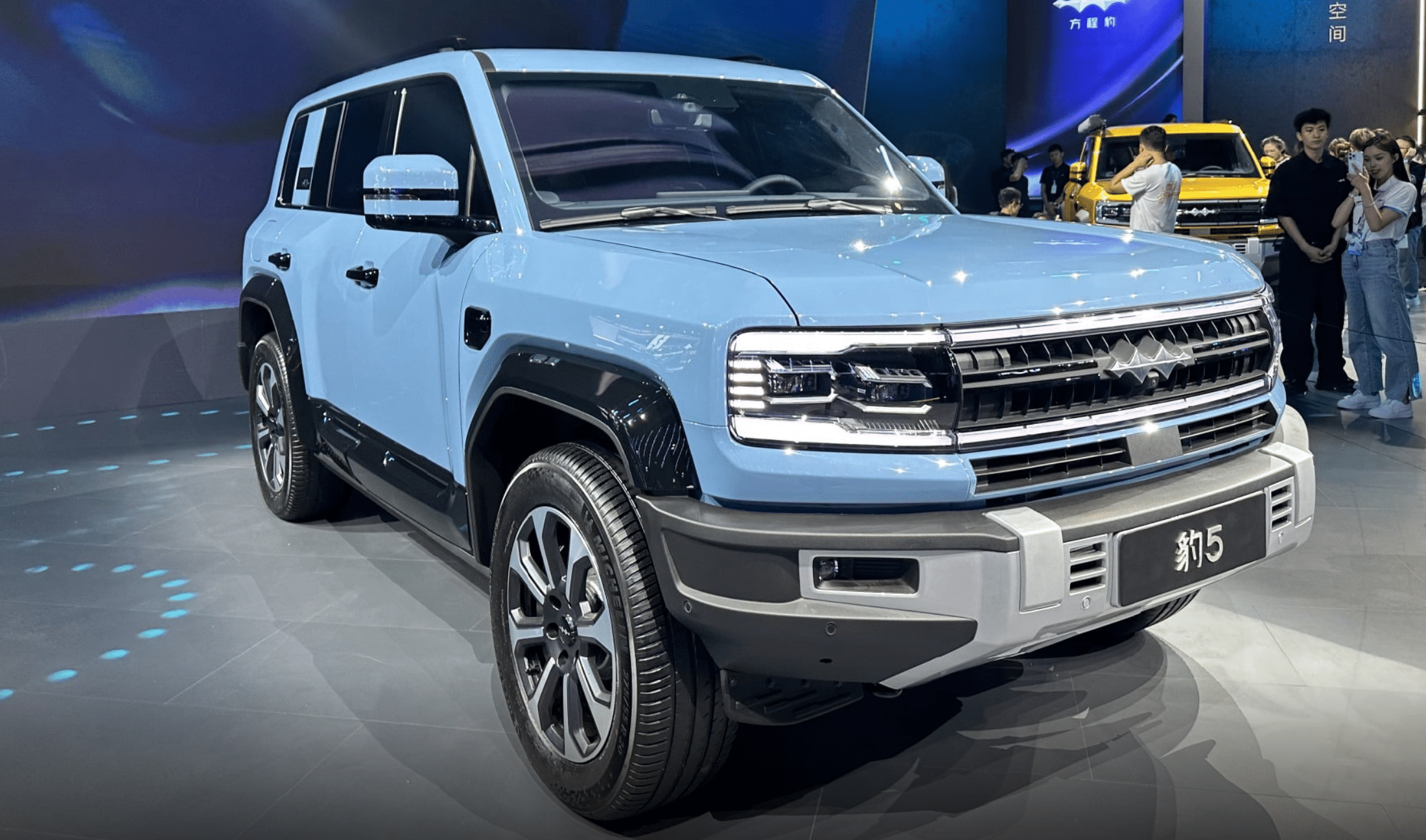

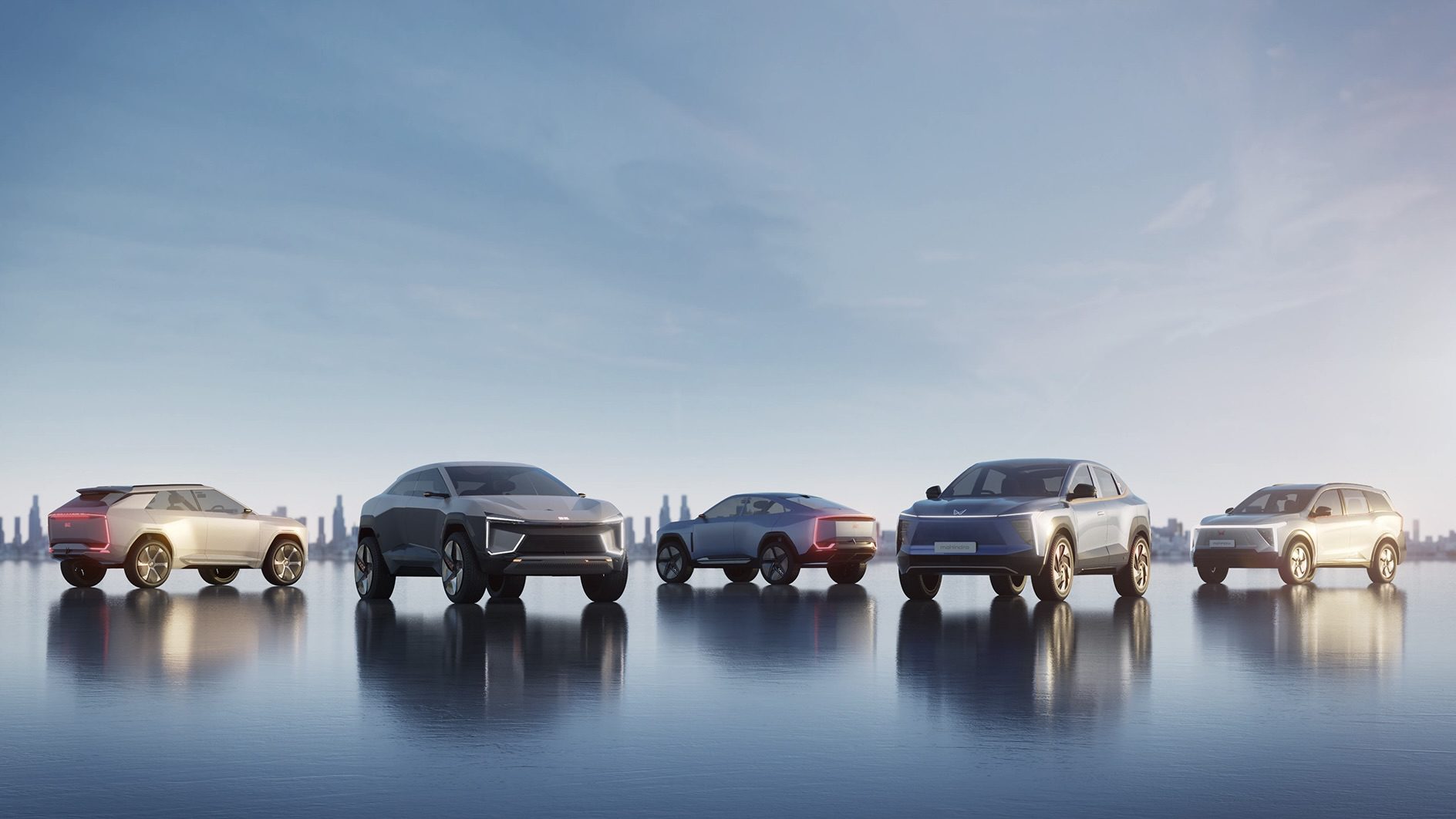





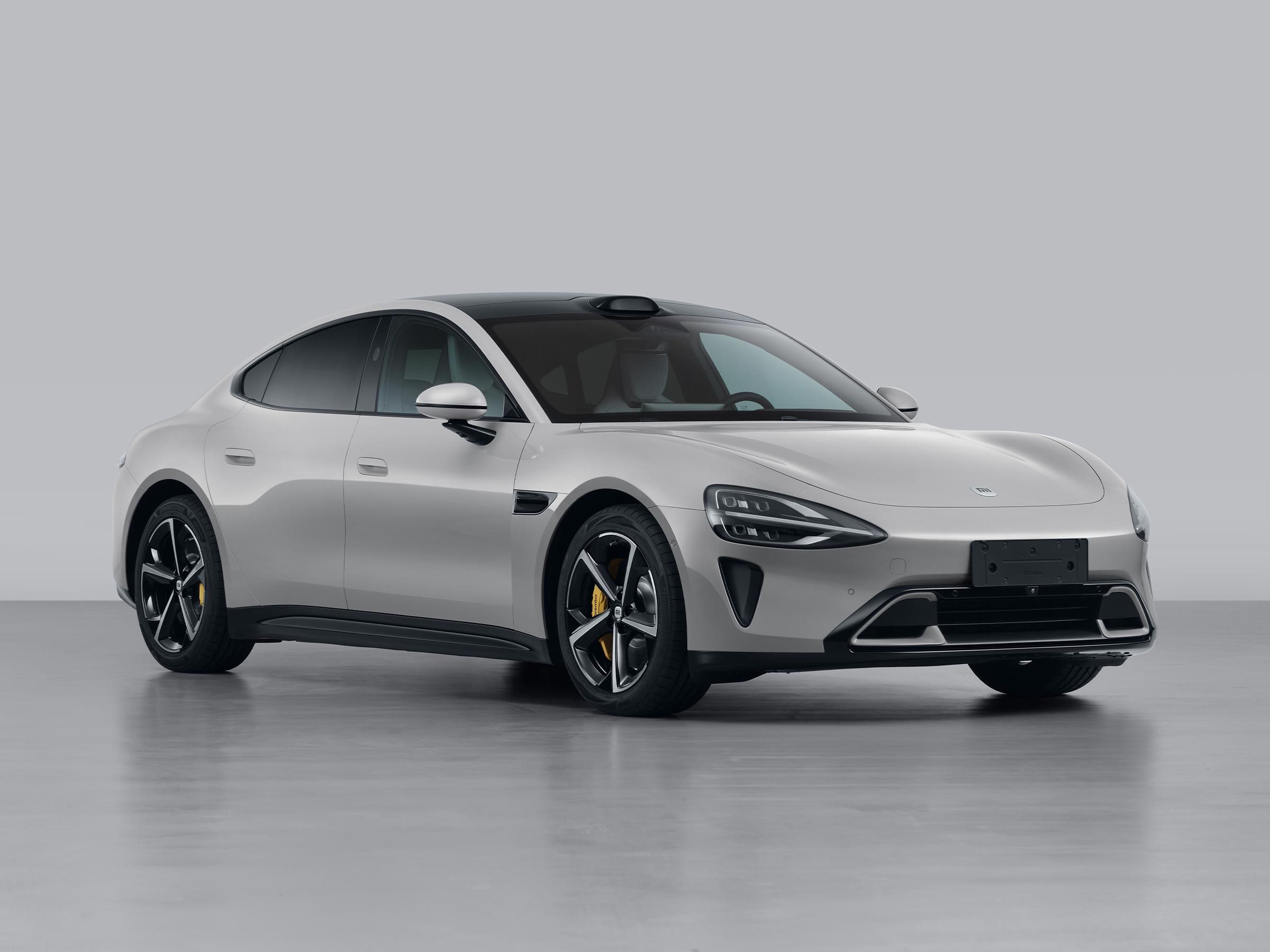

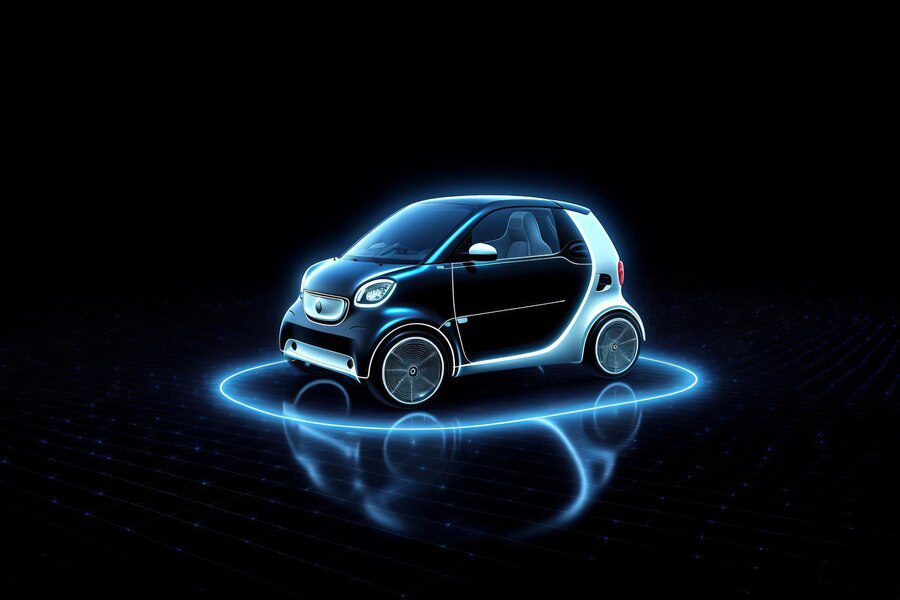
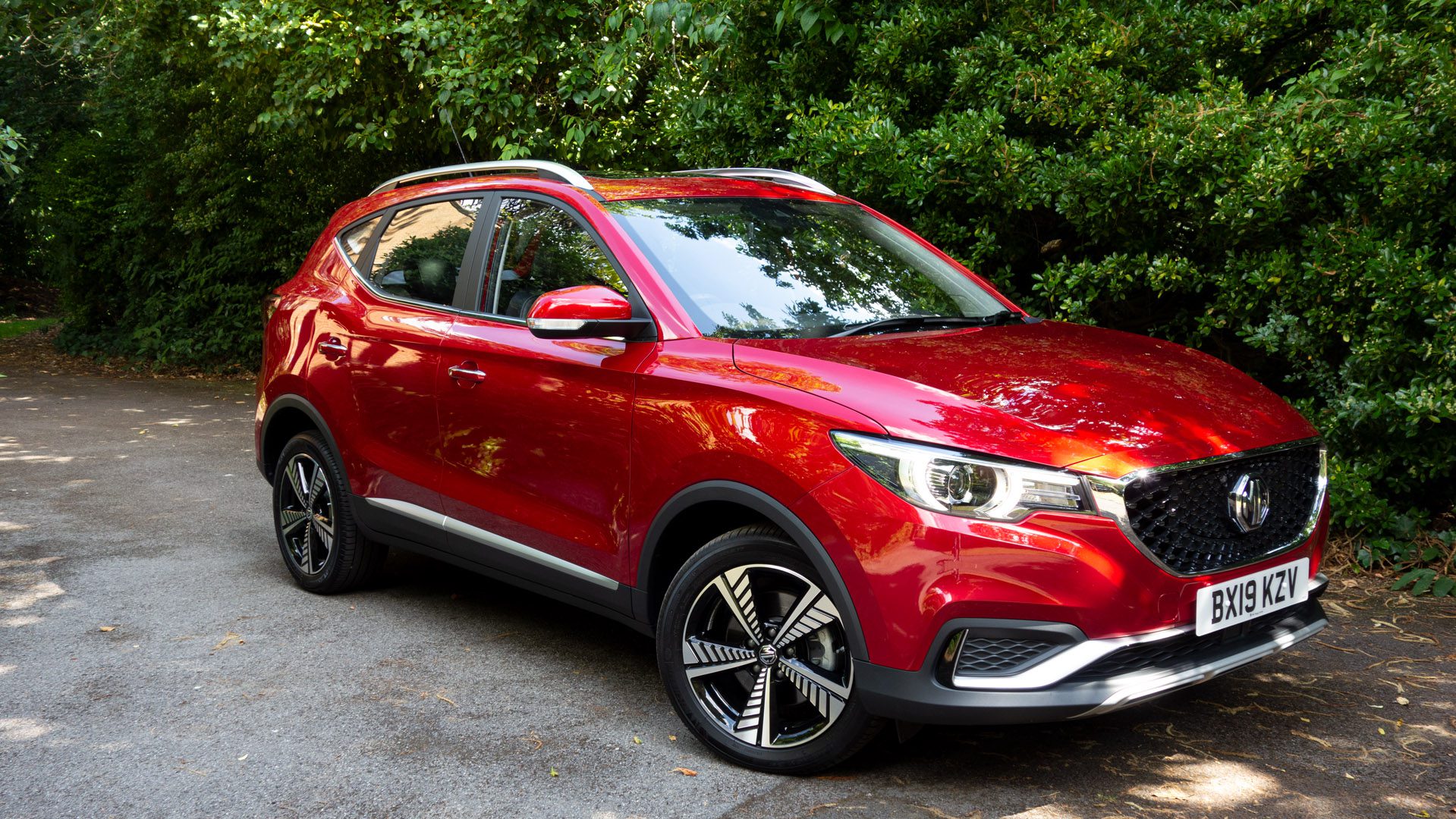


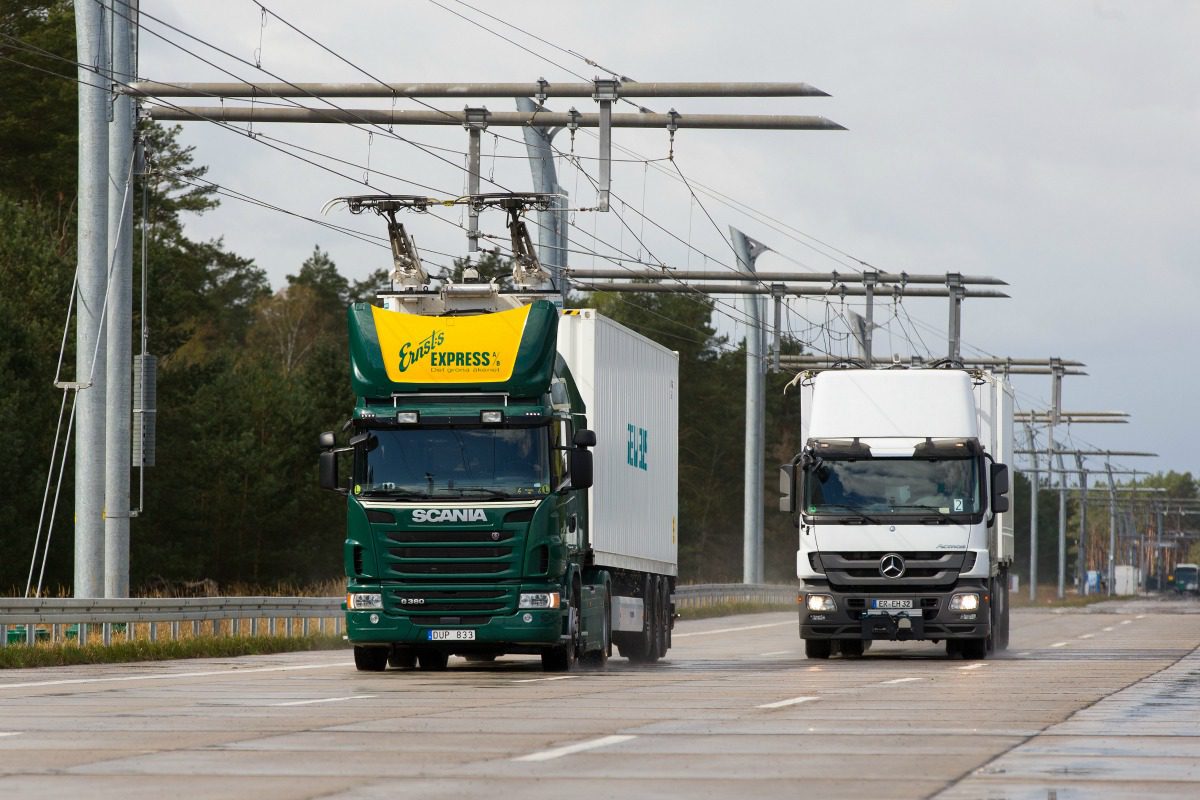
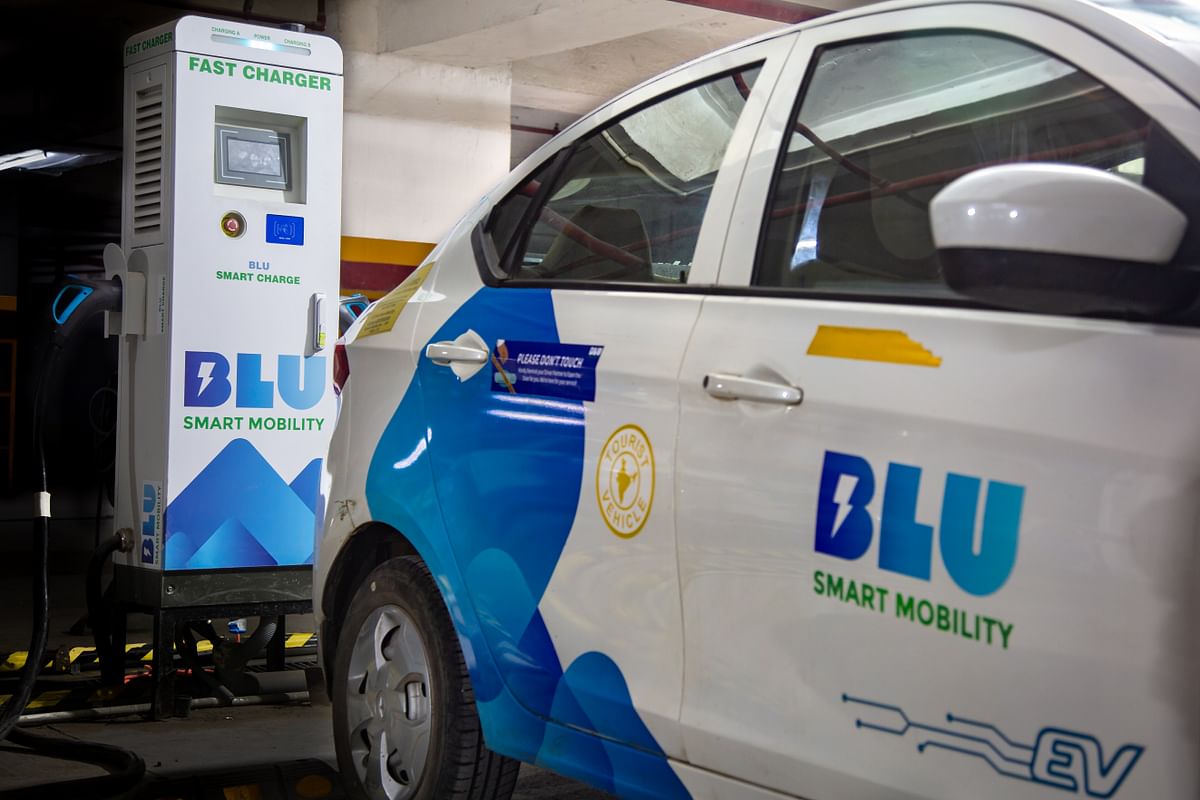


Leave feedback about this